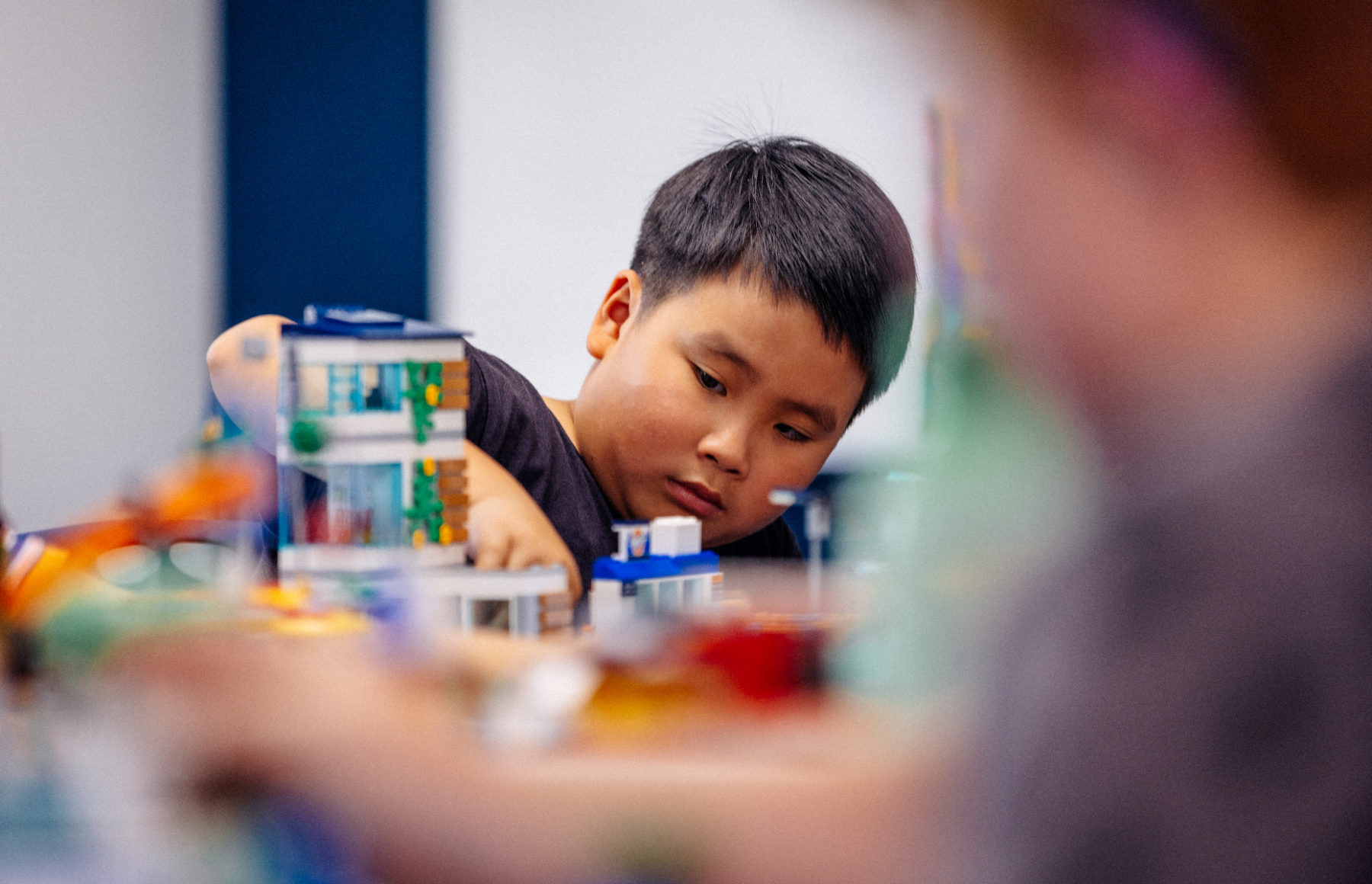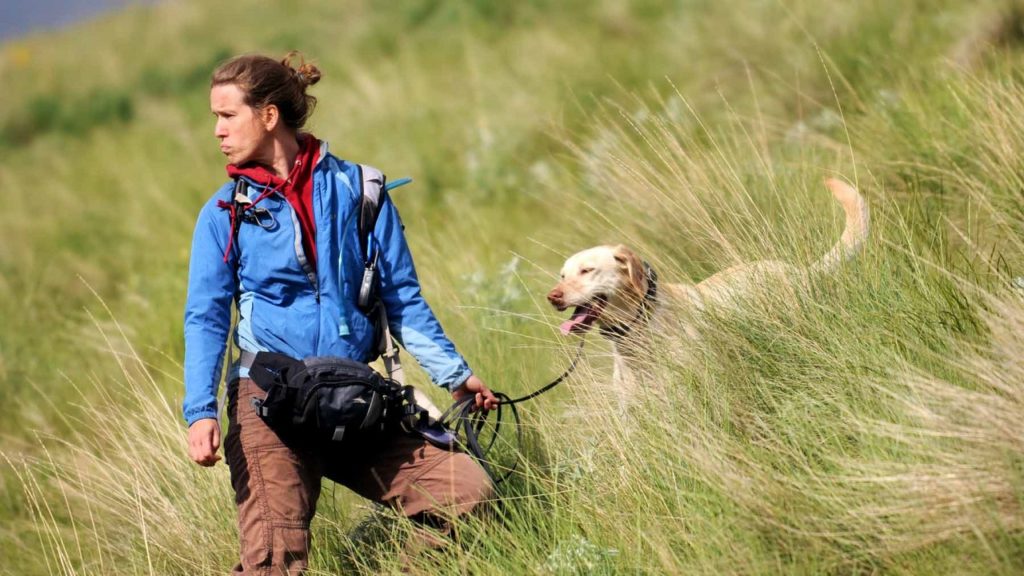Every morning, I sketch. I sketch to express the emotions I’m feeling each day. The emotions that used to overwhelm me, but now underline the punctuated narrative of a new visual language. I call it SketchPoetic, a daily practice of sketching through what I go through.
This daily commitment didn’t start as an art practice. It originated from a sole (and soul) desire to confront the growing anxiety permeating my life. This anxiety became even more evident in my debilitating fear of flying. Unconsciously, I knew it wasn’t about turbulence. It was a much deeper fear showing up in an external way. Due to stigma I held about therapy, it took me decades before I finally decided to seek it.
In our sessions, my therapist helped to connect how anxiety manifested in my life. It manifested in frenetic, nervous energy, an inability to be in the moment, and a general lack of awareness of the emotions swirling within. What’s interesting is I had always prided myself on my level of awareness. In hindsight, my awareness came from a rational, logical place of observing my emotions, but never really expressing them. This foreshadowed the egoic lessons leaving me humble to my messy, yet redemptive unfolding.
After therapy, I was ready to find my own way of expressing the emotions I tightly held inside. The challenge was I had explored many ways to release them. I tried journaling, exercising, yoga, and even meditation. Yet, somehow, all of these tools, while incredibly potent, didn’t strike a chord in the way I was intuitively seeking. I was searching for a tool of expression that felt light to counter the heaviness of what I was feeling. At the time, light meant something easy, playful, child-like in its wonder. Unknowingly, I was also searching for a light to illuminate a path back to my shadowed existence. It was in this search that I uncovered the memory of art and the light it embodied.
Sketching had always been my happy place. I would get lost in the meandering, uncertain lines of my colorful marks. Marks made without fear or reason. It was a fitting tribute to lock eyes with my inner child once more. The inner child who had created during times of violence and volatility, darkness and despair. Sketching was exactly what I needed to confront the turbulence in my life once more. But, this time, I knew it was different. I no longer wanted to escape the world around me. This time I wanted to dive deep inside myself with my pen serving as a lifeline.
Thus, the journey of SketchPoetic began. It all started with a commitment to sketch daily –to sketch the emotions longing to be seen. My first sketches were seemingly shaky and uncertain, but it didn’t matter, because I was creating for me. Even when I started my Instagram page for SketchPoetic as a way to track my progress, I didn’t do it with the intention of building an audience or following. I did it because I felt the need to share it, and without realizing how it would help me grow or give my sketches purpose and meaning, it did.
Pages upon pages of sweet expressions flow through my pen each day. The lines I mark on paper with intensity and passion give my voice new power and strength. Instead of being intimidated by the negative space in between, I am emboldened. My sketches give my emotions a place. They dissipate shame, fear, and darkness. They have become a part of who I am and how I have learned to express myself at work, in my relationships, and in my life.
One of the biggest challenges people face when starting a creative expression practice is overcoming the fear of expectations. Regardless of the person or form of expression, there is typically a concern with how the process should unfold, what the outcome should look like, or what type of transformation the experience should lend itself to be.
As a creator, we hope our expressions are valued, admired, or appreciated. Over time, the accumulation of these expectations eventually develops into a series of immovable mental and emotional blocks. Blocks that become cemented into place creating a wall too challenging to overcome.
When expectations aren’t met, it is common for a creator to question whether the art is art at all. Unfortunately, this places an emphasis on what is seen and prevents an ability to appreciate what is felt when creating or viewing the piece. When this happens, authenticity is often replaced with a question of achievement and the creative flow is stifled.
To break through emergent blocks, I encourage participants in my book “Sketch by Sketch – A Creative Path to Emotional Healing & Transformation” to focus on the present moment. This frame of mind is not confined by any measure of the past, nor is it preoccupied with visions of the future. Instead, it requires an awareness of emotions as they transpire. It also encourages a release of these emotions without analysis or judgment. This approach is the antithesis of grappling with expectations. It is a necessary step in creatively expressing an authentic experience.
The emotional impact of art has always been understood. Art can capture imagination, engender hope, embody dreams, and inspire movements. It is a representation of one’s innermost self and an effort to make the intangible, tangible. The uniting factor in these qualities is not necessarily the visual component or a specific social acclaim, but rather the essence of its felt experience. Throughout its life, a piece of art makes its greatest impact through feeling.
However, this type of impact can only be created with the detachment from any preconceived expectations and the ability to maintain curiosity. A creator must learn to step away from the thought of a particular outcome and replace it with a willingness to travel deeper into the process. In other words, surrendering into what is unfolding internally as their piece is developing externally. This style of interacting with art bolsters creative expression as a tool for self-reflection, self-care, and self-healing.
There is not a correct way to stoke or maintain curiosity. This practice will vary from person to person, and from creator to audience. The most important aspect to keep in mind is the act of surrendering into the present moment and allowing whatever is found to inspire creativity. Cultivating what is commonly referred to as a “beginner’s mindset” can be helpful with further relinquishing expectations.
Ask yourself if you are genuinely paying attention to what your eyes are scanning over, within, and in front of you. Then, ask yourself what could change if you embodied the energy of an explorer surveying uncharted land with a notebook in hand; or a child adventuring into a new place with wild abandon and imagination.
How often do we allow ourselves to get lost in the moment? To take a detour beyond our best laid plans and to do so without expectations or a wanting in our hearts?
Ask yourself, what expectations are you holding on to and what experiences are you missing because of it?
About the Author
 Sheila Darcey has 20+ years of experience as a facilitator and consultant in the technology and digital agency space. Her work with Fortune 500 companies informs her understanding of what drives transformative growth in individuals and teams. She earned a Bachelor’s of Fine Arts degree from the University of Memphis and certification in Social Emotional Arts (SEA) from UCLA. The SEA certificate empowers educators, community arts professionals, mental health practitioners, and anyone interested in maximizing social-emotional benefits of arts experiences, and minimizing self-judgment and anxiety that can impede learning and growth.
Sheila Darcey has 20+ years of experience as a facilitator and consultant in the technology and digital agency space. Her work with Fortune 500 companies informs her understanding of what drives transformative growth in individuals and teams. She earned a Bachelor’s of Fine Arts degree from the University of Memphis and certification in Social Emotional Arts (SEA) from UCLA. The SEA certificate empowers educators, community arts professionals, mental health practitioners, and anyone interested in maximizing social-emotional benefits of arts experiences, and minimizing self-judgment and anxiety that can impede learning and growth.










